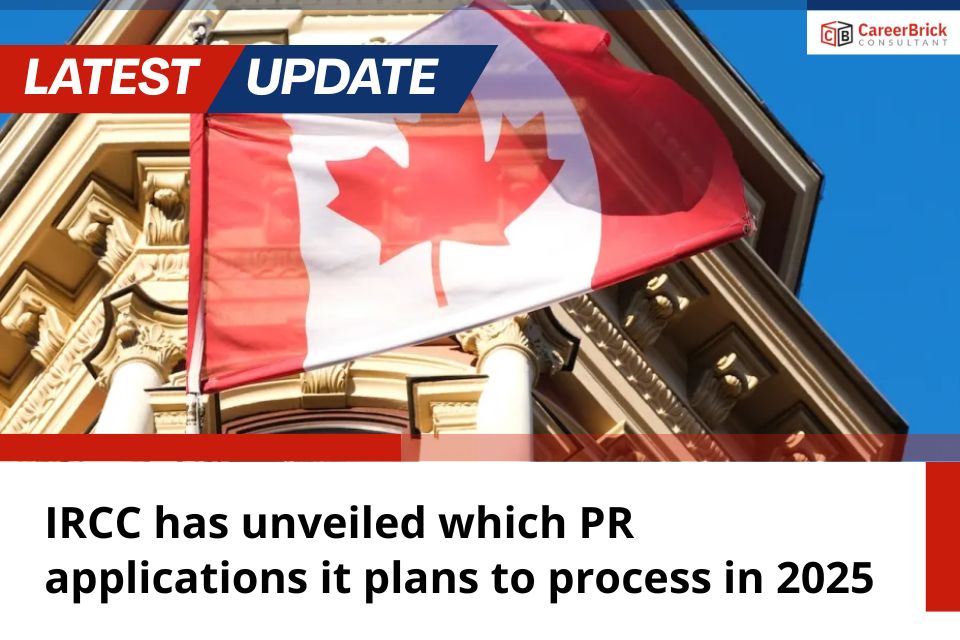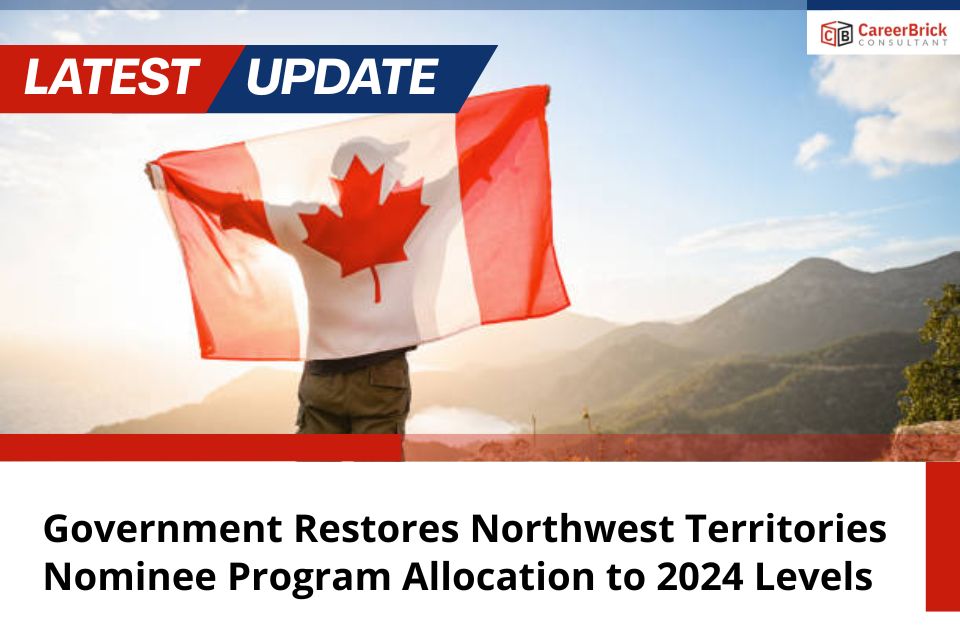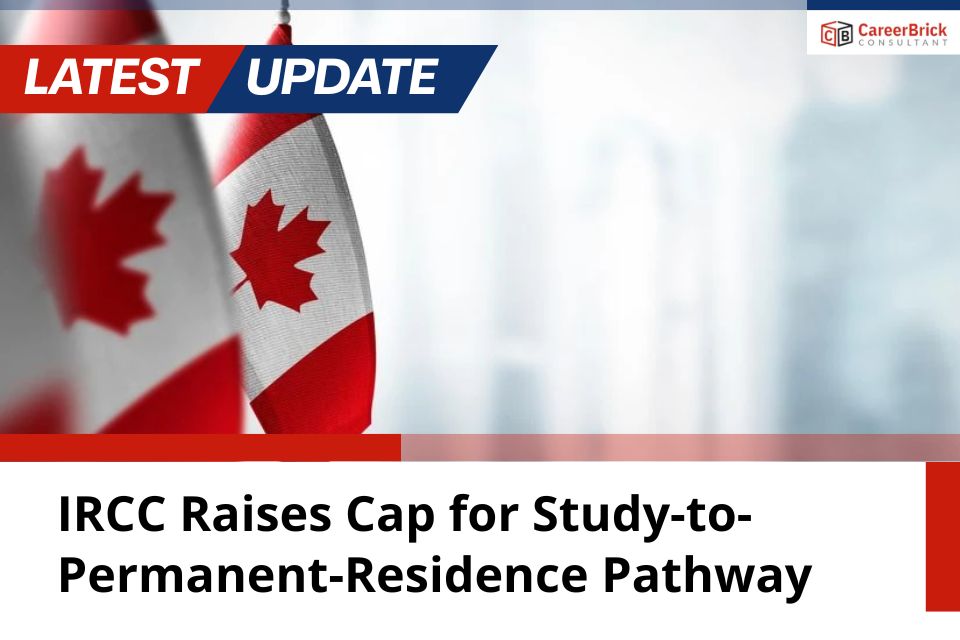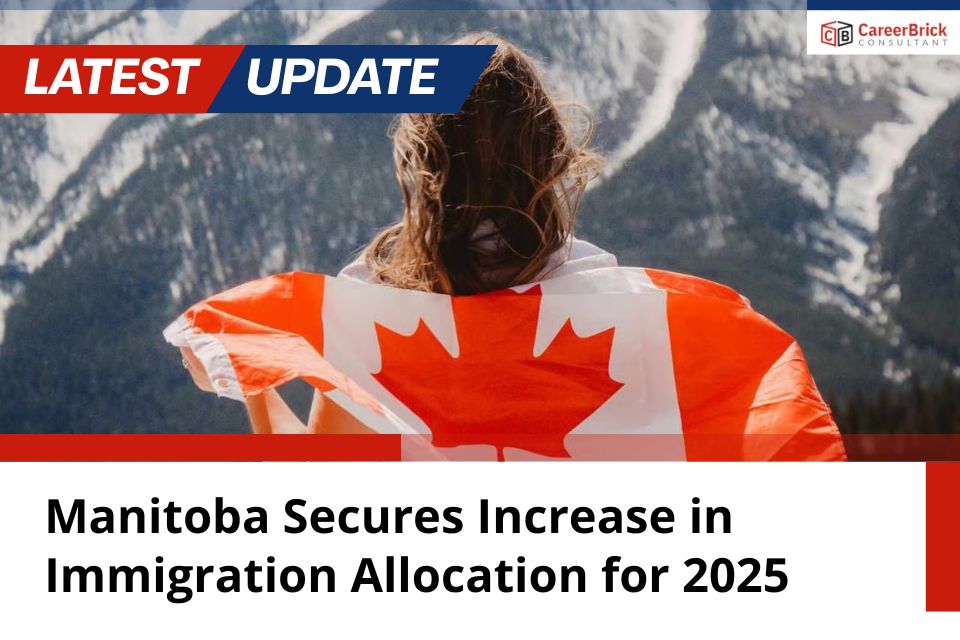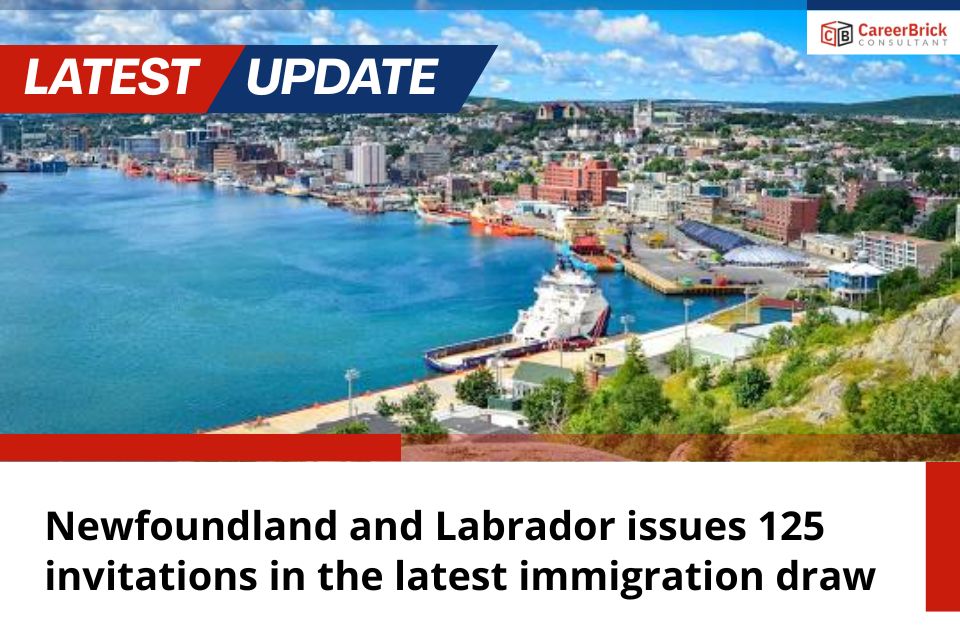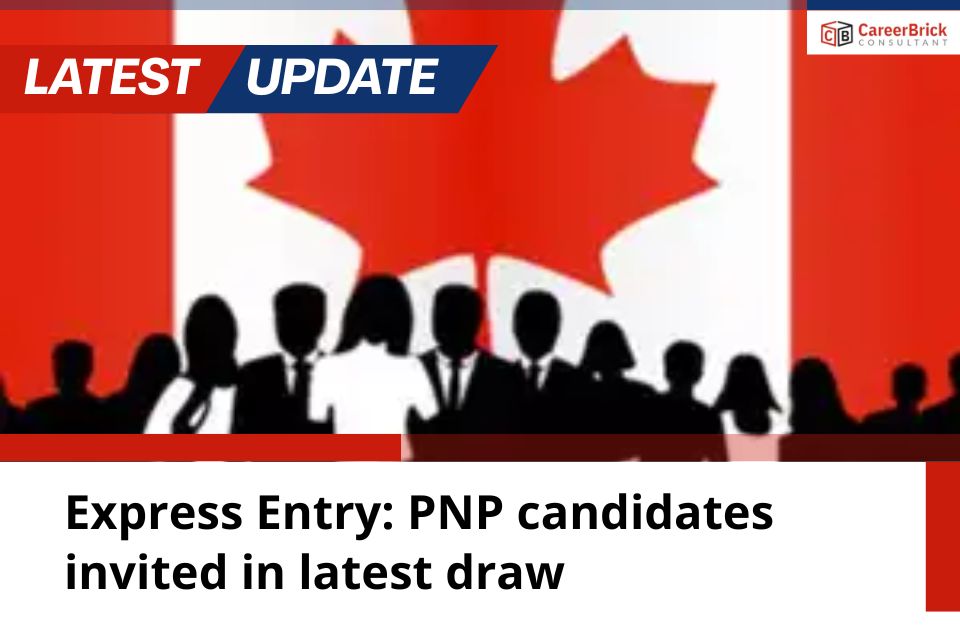IRCC has clearly outlined which categories of permanent residence (PR) applications it intends to process during 2025 — and which categories will remain in the backlog beyond this year. This transparency provides valuable guidance for applicants and reveals how the department is prioritizing its resources.
Key Highlights
-
IRCC will focus on processing applications in certain high-priority streams this year, while other streams will not be cleared fully in 2025.
-
The only PR streams likely to be fully processed this year are:
-
Economic streams under the Express Entry system, including those aligned with the federal pool and certain provincial nominee programs (PNPs)
-
Some community immigration pilots and Quebec’s skilled worker pathway
-
-
Applicants in other program categories — such as older or lower priority family-reunification streams or certain humanitarian programs — should be prepared for longer waits.
-
IRCC’s departmental and levels-planning documents indicate that more than 40% of permanent resident admissions in 2025 will come from students or workers already in Canada.
-
The 2025-27 Immigration Levels Plan sets the target for total permanent resident admissions in 2025 at around 395,000. Over time, the design ensures that more nominations will be sourced from within Canada.
What This Means for Applicants
| Application Category | Likely Processing in 2025? | Implication for Applicants |
| Express Entry (economic) & Express Entry-aligned PNP | ✅ Yes | If you qualify, you have strong chance of being processed in 2025. |
| Community immigration pilots & Quebec skilled workers | ✅ Yes | These streams are also slated for priority processing. |
| Other family & humanitarian programs | ❌ Unlikely to clear fully | Expect delays; prepare for longer wait times. |
| Lower-priority economic or older backlog categories | ❌ Uncertain | Monitor status and be ready for slower processing. |
Why IRCC Is Taking This Approach
-
By concentrating on applications from people already living and working in Canada, IRCC aligns immigration processing with labour-market needs, integration priorities and regional settlement capacity.
-
The strategy also responds to capacity pressures: housing, infrastructure and settlement services benefit when newcomers arrive with local experience or work already in place.
-
This targeted approach allows IRCC to manage application volumes more predictably, while enabling faster decision-making in streams deemed most urgent.
-
The Levels Plan further shows that by 2027, 62% of permanent resident admissions are expected to come from economic categories, with 22% from family reunification, and 15% from refugees and protected persons.
What Should You Do If You’re Applying?
-
Identify your stream: If you’re in an Express Entry or aligned PNP stream, you may be in a favourable position for 2025 processing.
-
Submit a complete and strong application: All documents, language test results, work experience, or job offers should be current and accurate. Prioritised streams often have less tolerance for incomplete files.
-
Prepare for potential delay: If you’re in a lower-priority stream (family sponsorship, older programs, humanitarian), understand that 2025 may not be your year for a final decision.
-
Stay updated: IRCC may adjust priorities, or release further clarification on which streams will be processed in full or partially.
-
Seek guidance: Given the shifting priorities, obtaining professional advice on your eligibility, stream selection and application submission can be highly beneficial.
Final Thoughts
IRCC’s decision to publicly outline which PR streams it plans to prioritize in 2025 gives applicants clearer visibility into their likelihood of being processed this year. For those in the right streams — particularly economic and aligned-PNP categories — the outlook is favourable. For others, the blog-tagged summary above underscores the importance of being realistic, prepared and strategic in one’s immigration planning.
